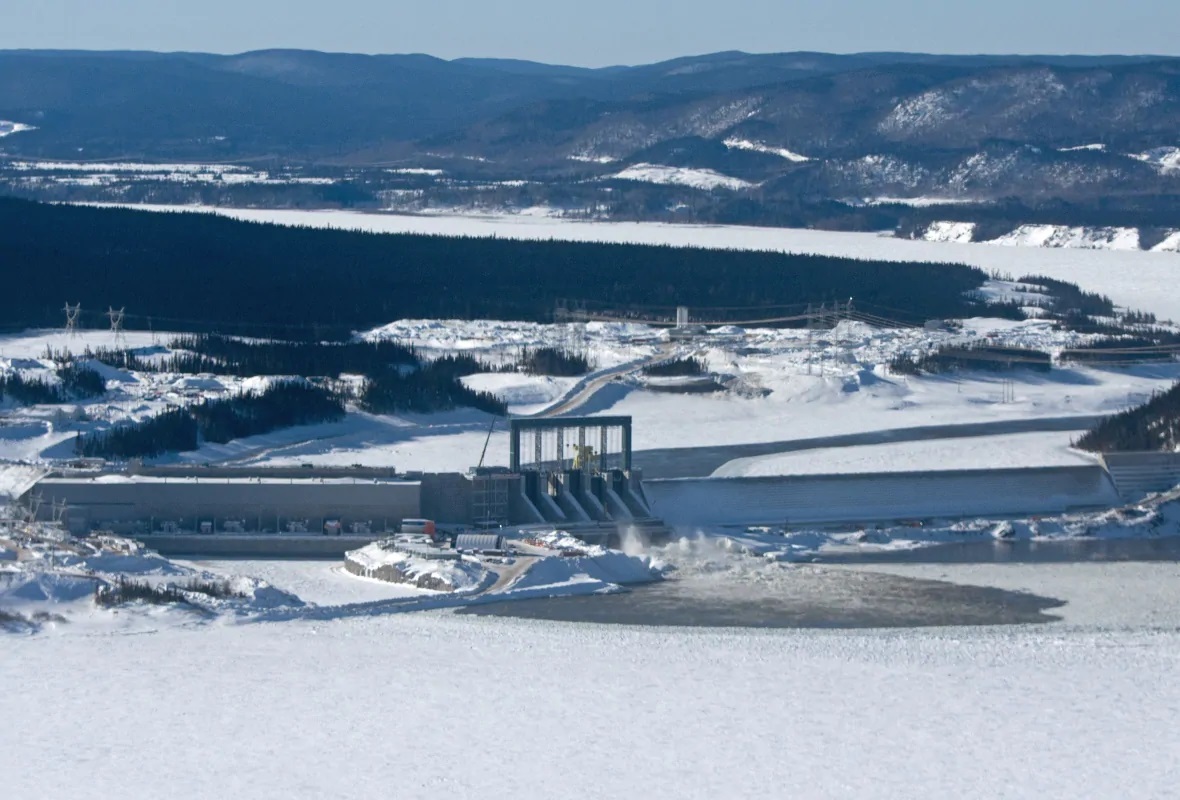Nalcor chief financial officer Derrick Sturge told the Muskrat Falls Inquiry the business case to recover costs from the project was “rock solid.” The reality is much more disconcerting as Muskrat Falls promises to saddle the province with growing debt.
The vital signs of our fiscal situation are deteriorating, confirmed by a recent presentation from Memorial University’s economics department. Our net debt, at 13.4 per cent, is twice the average for other provinces. Muskrat Falls is not full reflected in the province’s accounts because Muskrat debt is assumed to be self-supporting, as is the other debt of Nalcor Energy, which is treated as a government business enterprise (BGE). The 2018 auditor general’s report considers Nalcor to be a “self-sustaining” GBE. “The debt of GBES is fully supported by its customers – in the case of the electrical generation and distribution business of Nalcor, the ratepayers.” In his February 2018 presentation “Understanding Muskrat,” Nalcor’s CEO revealed that the 2012 cost of Muskrat Falls will be $808 million. With Island ratepayers absorbing the full cost but using only 1,324 gigawatt hours, the cost of Muskrat power will be 61 cents per kilowatt hour. Blended with low cost power from Bay D’espoir, the average cost, including distribution cost, comes out at 22.89 cents/kwh for energy sales of 7,000 GWH. Muskrat power comes out at three to four times the cost of Holyrood thermal power.
Government’s rate mitigation plan is focused on paying all of the additional revenue requirements from Muskrat Falls, now estimated at $726 million (revised from $808 million) for 2021.
This is a far cry from the statement made at the time of project sanction, that the province was protected from “from any liability for contractual obligations with respect to Muskrat Falls.” Many people believed that the provinces obligations were limited to providing base and contingent equity, along with a completion guarantee. It now appears that the provincial treasury must ensure that all revenue requirements are paid, including the 8.5 per cent dividends to Emera Energy on their investment in the Labrador-island Link (LIL). This is tantamount to a provincial guarantee whereby ratepayers and taxpayers must meet $74.6 billion in financial obligations over the 50-year supply period. The federal guarantee covers only the federally guaranteed debt but comes into play only when the province cannot pay the bondholders.
The Concerned Citizens Coalition repeatedly questioned key financial witnesses at the Muskrat Falls Inquiry to determine the magnitude and scope of the financial obligations imposed on the provinces.
The coalition also asked the commission to engage a financial expert to measure the fiscal impact on the province and “assess the prospect that the project will be self-supporting”
This review should “provide an assessment as to how the project impacts on the overall financial position of the province and its credit ratings, particularly if the project is not self-supporting.”
No such financial expert was engaged nor did the witnesses who appeared before the inquiry provide an assessment of the fiscal impact on the province.
The auditor general reports that the “structure” for Muskrat Falls “ensures” that the project will be self-sustaining: “The existing Muskrat Falls business, regulatory and financing structure ensures costs, expenses or allowances related to the project will be recovered, in full, from ratepayers in the province.
Because this structure ensures there will be sufficient revenue generated from ratepayers over the life of the project to cover the capital and operating costs of Muskrat Falls, it is unlikely that the Muskrat Falls assets would be considered impaired in value on the financial statements of Nalcor.”
This is an extremely powerful statement which offers comfort to the financial community, to rating agencies and the public that this is a self-supporting project. This strong statement affirms confidence in the business plan for Muskrat Falls and in the project’s ability to recover costs without government support.
On what basis can such a statement be made without an examination of the business case for the project including the likelihood that high power rates will place the project into a death spiral?
Will the minister of finance fill the void by reporting in full on the financial impact of the Muskrat Falls project?



